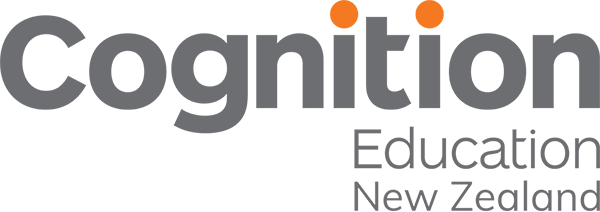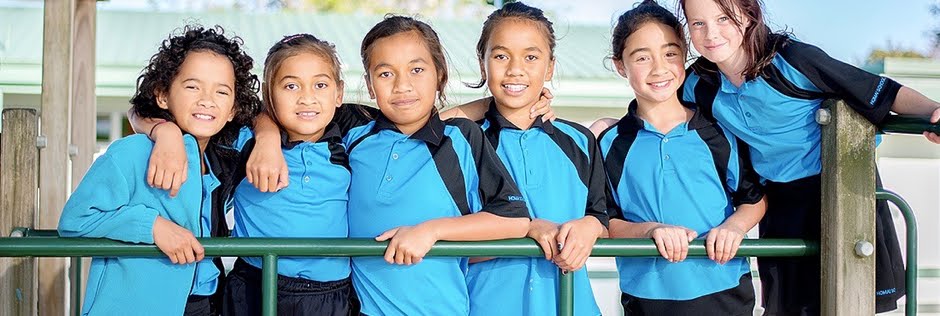Cognition Education has proudly worked with Homai School since 2016 with a focus on Relationships-based learning to improve culture within the school and grow collective efficacy. Read about the impact Relationships First has had for Homai School’s partnerships with whānau, student-centred learning practices and educational outcomes.
—
Since 2017, Homai School in Manurewa has adopted a schoolwide approach to culturally responsive and relational pedagogy in the classroom. Known as Relationships First (RF), the approach focuses on learning rather than behaviour.
Rosina Wikaira became principal in 2013 and got together with other principals in the area to discuss the ongoing disparity of outcomes for Māori learners.
“As Māori and Pasifika principals, we were quite horrified that our Māori learners were still underachieving – even in our schools. We come with te reo, the practices of what we do best for Māori, but it still didn’t transfer into their learning outcomes,” she says.
The principals looked at what success looks like for Māori learners and how existing practices and systems might be contributing to the disparities.
Student view of success
“Relationships First gave us new spaces to look for success, which was the narrative of our learners. What do they bring to the table before we actually get into their classrooms and teach? It’s about them bringing their culture, which isn’t just Māori culture, but where they believe their success comes from and starts,” explains Rosina.
Facilitators from Cognition Education came on board and asked the students about what they regard as important for their learning. Students responded that feeling connected with their teachers, and teachers knowing who they are was important to them for successful learning.
“The children were saying ‘we want to learn more, give us more – challenge us!’ Yet sometimes as we teachers do, we already have the idea of what we think is best, not what they know is best for their learning.
“What it looks like in the classroom now is that blame has gone from the vocabulary – ‘it’s your fault you’re not learning’; ‘your fault you haven’t got a pencil’. We had to remove those barriers so the relationship can be developed and supported with the teacher and the learner.
“It’s about being able to stop, listen and change what wasn’t working – empowering our students so they become agents of learning in their classroom. They are so articulate now that they are now picking up on their teacher’s emotions. That’s a shift in the power relationship – they feel that they have a say,” says Rosina.
Focus on mentoring
Rosina coaches and mentors the leadership team one day a week using evidence and data to drive effective practices at the teacher level. The leaders then mentor the whole staff in an after-school session.
“They describe good practice, what it looks like why an area has been identified from our data, which includes student voices. Then before our teachers go, we ask ‘what are you going to action tomorrow?’ My leadership team and I go into classrooms and are asking the kids ‘what ARE you learning today?’ And listening to see if they can identify what the learning intentions were, how they are going to be successful at it and their next steps in learning,” explains Rosina.
Turning negatives into positives
RF goals are combined with Positive Behaviour for Learning (PB4L) initiatives which have resulted in changing negative discourses.
“We had a few gaps in attendance when we first started this – so we needed to close that gap. A lot of it was finding out why students were away and a lot of it was justifiable. But when a child would come back after being away for a week or so, the first thing that would happen at the office was the child was being blamed for being away – or late. Those were the kind of discourses that we identified needed to be changed.
“I might see that child in the office later that day because they started the day with that negative discourse. In the last couple of years, children who were consistently late are no longer late because they want to be at school. Those are the successful educational outcomes as well.”
Building partnerships
Part of Homai School’s approach to building relationships with whānau is to find out what’s important to them. Parents have said, ‘don’t wait until the end of the year to tell us our children are under-achieving. Why didn’t you tell me this earlier and ask what we could do at home?’” says Rosina.
Better buy-in from whānau has seen more parents volunteering and sharing their skills, with some parents going on to be employed as teacher aides.
“Everything we do in our school is connected to RF, which allows us to monitor and identify what’s working and what’s not. When we worked with the experts around our curriculum, we said ‘how do our student voices, our whānau voices fit into this curriculum?’ That is how we are able to design a curriculum that allows all of us to have a say as to how it was driven. That gives more of a whānau feeling.
“We call our last week of term ‘social action week’. We’ve stopped having teacher/whānau conferences in the evening – now the school is open for the whole week all day for parents to come in and sit alongside their child and the child gets to talk about their learning. Our parents have been reorganising their work that week so they can be there.”
Student-centred learning
Students at the school identified they wanted learning, whether it is reading, writing or maths, to be based on real-world problems.
“Writing has been a priority for us for a while now – especially boys’ writing. We begin with hands-on exploration specific to the writing component of what students need to learn. Where there’s a real-world problem, we use writing to unpack what that looks like. Then we look at application – ‘now that I have learnt this new thing, how do I apply it in my everyday learning?’
“A simple example that students had identified themselves, was they had moved into these new Portacom classrooms and they found a real-world problem – their doors didn’t have a hook to keep the door open. It was about using the language to unpack why this was a problem. Then they needed to write to the Portacom people to explain that it’s a problem for us – each day we have to use a shoe or put something under it to hold the door back. It was about connecting to our community. In the following couple of weeks. The Portacom guys came in and put in a new hook – they got results!” explains Rosina.
The school has seen improvements in data right across the board.
“It hasn’t come through our traditional teaching where we say, ‘here’s the gap, we need to teach more of that’. That wasn’t working. It was focusing on the learning relationships in the classroom. Building that culture of learning where students are empowered and heard. That has been a huge shift for us and by looking at how we teach, why we teach what we teach, it’s taken away the blame,” she says.
“Being Māori is important, but the culture that really counts, is our learning culture – we really push that,” adds Rosina.
Monitoring progress
For the past two years, Homai School has monitored progress using the GPILSEO model to identify goals for learning and the pedagogy required to reach and sustain their goals.
The GPILSEO model is a model for sustainable educational reform that addresses the concerns of both culturalist and structuralist positions for educational reform at classroom, school and system-wide levels.
Background information
- GPILSEO model
- Positive behaviour for learning
- The Ministry has developed new guidance for schools and kura on reporting to parents.
- The Ministry has a range resources to support schools to develop their local curriculum, in partnership with whānau and their community.
Benefits of RF
- Positive learning relationships between students and staff.
- Students are driving and taking ownership of their own learning.
- Localised curriculum including wider community.
- A change to a ‘no-blame’ mindset’ creates optimal learning conditions and interactions, resulting in improved attendance and outcomes.
- Seeking student input and co-constructing learning results in students becoming future-focused learners.
- Commitment to RBL has seen improved partnerships with whānau.
- Teachers feel empowered, resulting in zero teacher turnover this year.
Homai School leaders’ kōrero
In late 2019, Homai School’s leadership team held a focus group retreat to discuss and evaluate the impact of RLB at the school between 2016 and 2019. Here are some of their responses:
What are your views about RF reform?
RF encompasses many values, including integrity, honesty and accountability. This research and tools have developed effective practices across the staff and leadership. Sustaining effective pedagogy and allowing staff to grow within their own areas. RF language is now embedded in staff and students.
How has RF improved your leadership practice?
Using the research has empowered me to confront issues and confidently have challenging conversations – and reject deficit thinking.
When we as lead coaches are in class, we ensure we are modelling what we have worked on during our PLD sessions, working alongside teachers to model areas they need support on.
What impact has RF had on Māori learners’ success?
We have been able to support Māori learners through providing high-quality PLD for their teachers and using their data to drive these PLD sessions.
What are your perspectives on the leadership model this year?
Power-sharing of responsibilities has given us all the opportunity to grow as leaders. Collaboration has allowed me to learn and seek advice on my own leadership capabilities.
Share your thoughts on the mentoring/coaching you received this year.
I was supported by an outside facilitator at the beginning of the year with effective pedagogical practices to monitor our school wide focus on a learning culture that counts. Having these mentoring sessions kept me up to date with new information and cutting-edge research.
This has been the most rewarding year of all 11 years of my teaching career. I have been provided an opportunity to demonstrate my capabilities as a leader and build my credibility on a platform that is conducive to me as a growing leader.
This article was originally published by The Education Gazette

